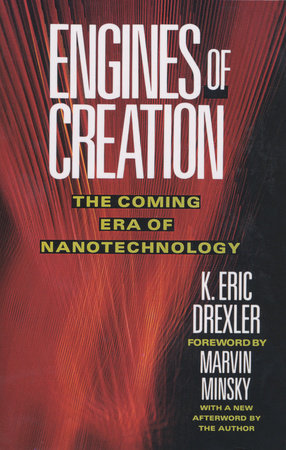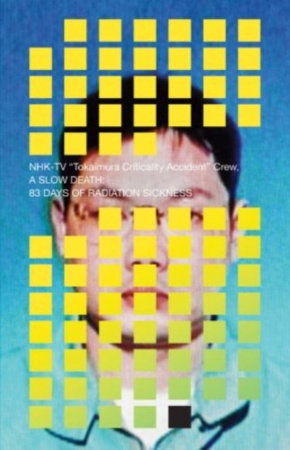

A Slow Death: 83 Days of Radiation Sickness
Compiled by NHK TV Crew
Compiled by NHK TV Crew
Category: Science & Technology | Asian World History

-
$12.95
Dec 08, 2015 | ISBN 9781942993544
Buy the Paperback:
YOU MAY ALSO LIKE

Wired for War
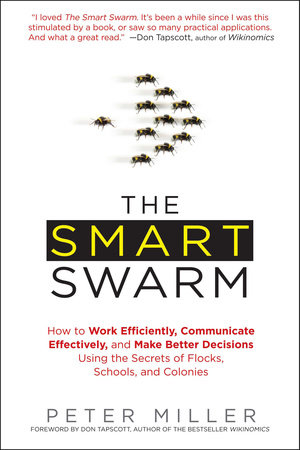
The Smart Swarm

Beyond Earth
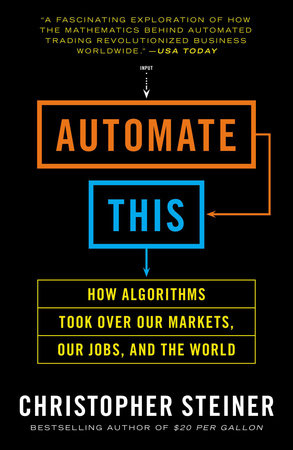
Automate This
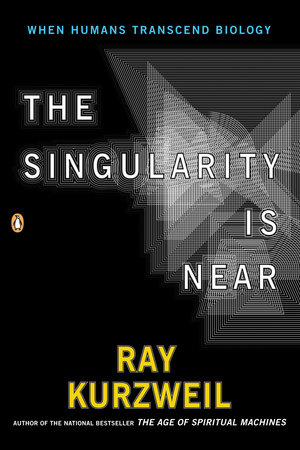
The Singularity Is Near
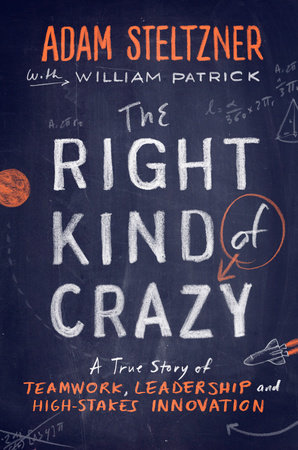
The Right Kind of Crazy
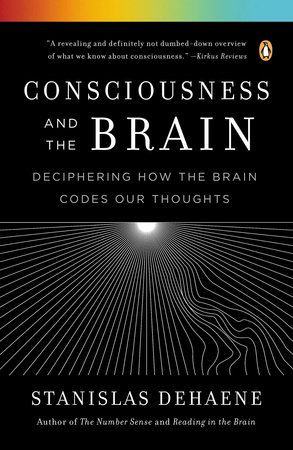
Consciousness and the Brain

The Powerhouse
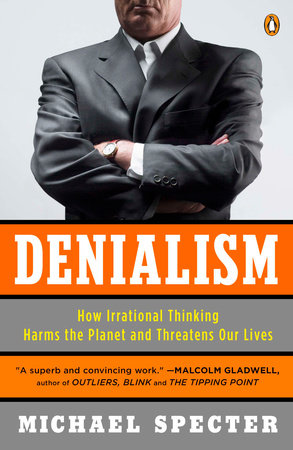
Denialism
Praise
“Stylistically resembling a fictional narrative, this grim chronicle of Ouchi’s deterioration demonstrates the humanity and pyschology of the medical profession in extreme situations. In that sense, it᾿s an interesting companion to [Osamu Tezuka’s] Black Jack manga. Think of it as such a nightmarish episode of House that as a result of watching it you resolve never to tune into the series again.”
—Firefox News
“Harnessing the atom’s energy can help, even save, mankind or lead to its destruction. This is the sad, cautionary tale of things gone awry, a noble effort by Japanese physicians to save Mr. Ouchi’s life and of our limited ability to deal with the consequences of mistakes in this arena.”
—Robert Peter Gale, M.D., Ph.D., D.Sc., F.A.C.P. (Hon),
UCLA Medical Center
“Radiation injuries are potentially complex, often involving a combination of different types of radiation energy. The Tokaimura accident reminds us of these complexities as well as the importance of accurate information flow from the site of the incident to the healthcare provideer in the hospital. New knowledge was gained regarding optimal management of acute radiation toxicity.”
—Nicholas Dainiak, M.D., F.A.C.P. Yale University School of Medicine
Chairman of Medicine, Bridgeport Hospital
BEST OF 2008 — The Japan Times
"A brave account of corporate greed and scientific expertise"
21 Books You’ve Been Meaning to Read
Just for joining you’ll get personalized recommendations on your dashboard daily and features only for members.
Find Out More Join Now Sign In








